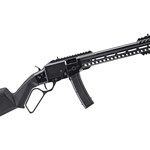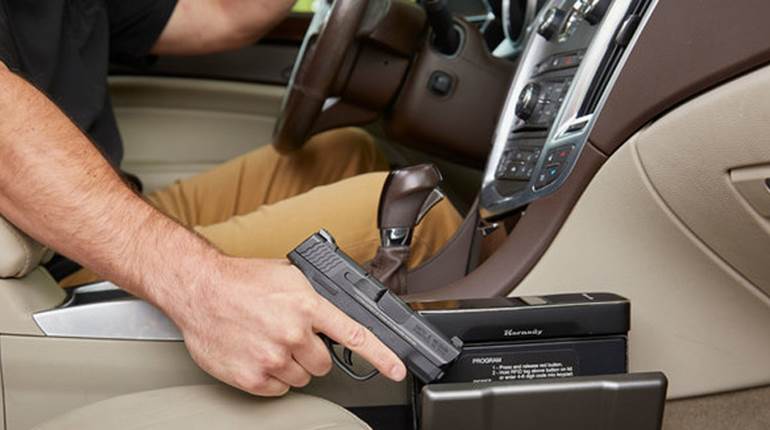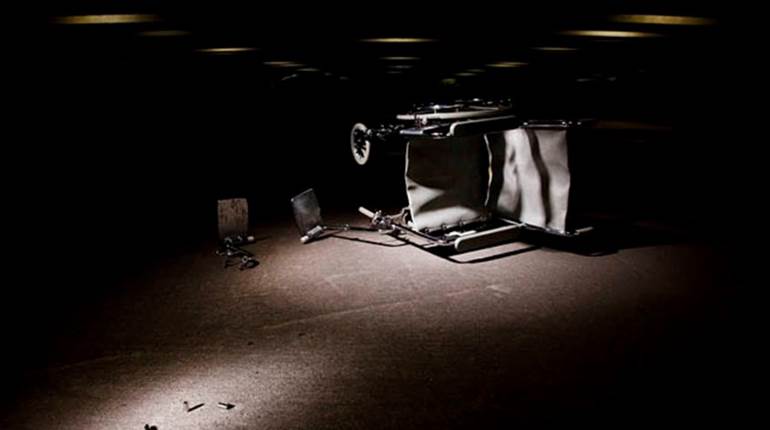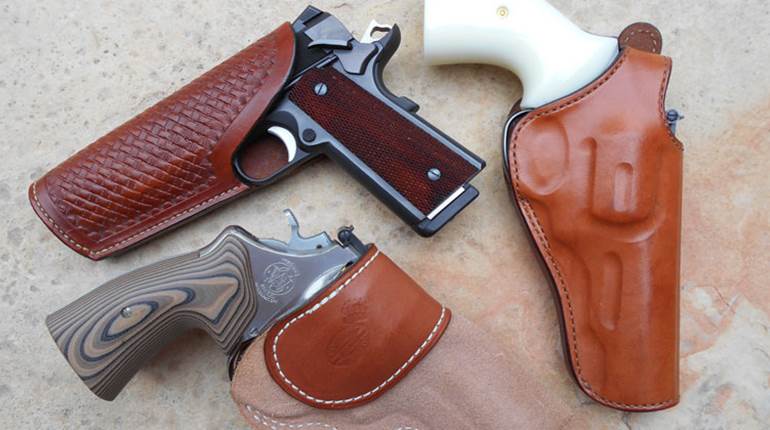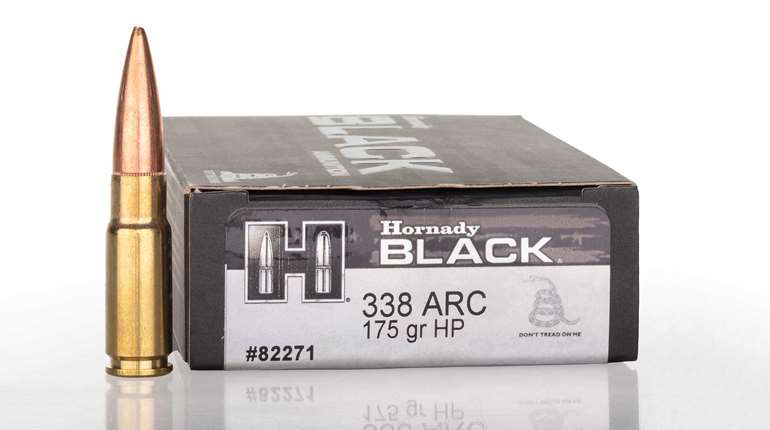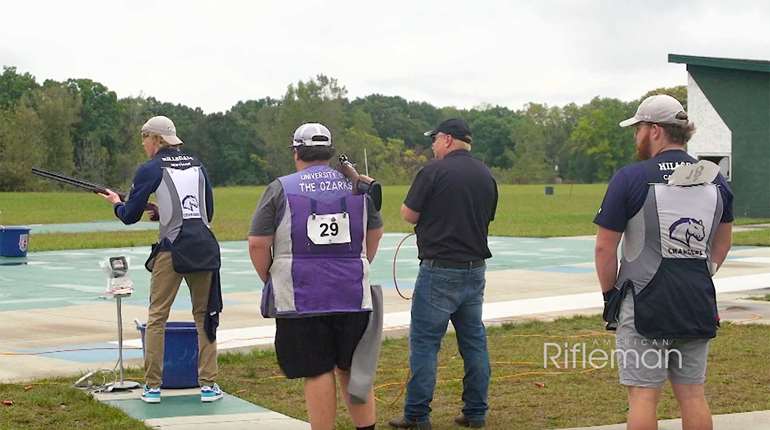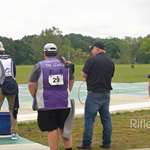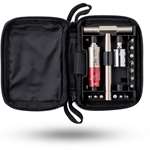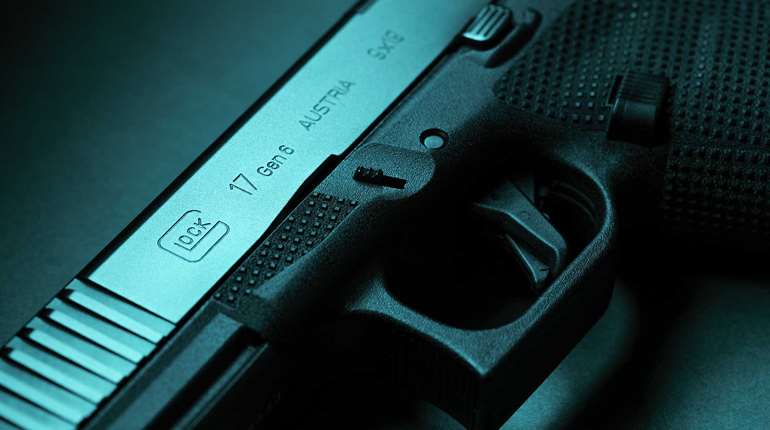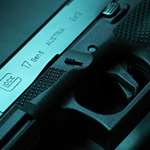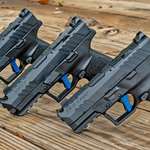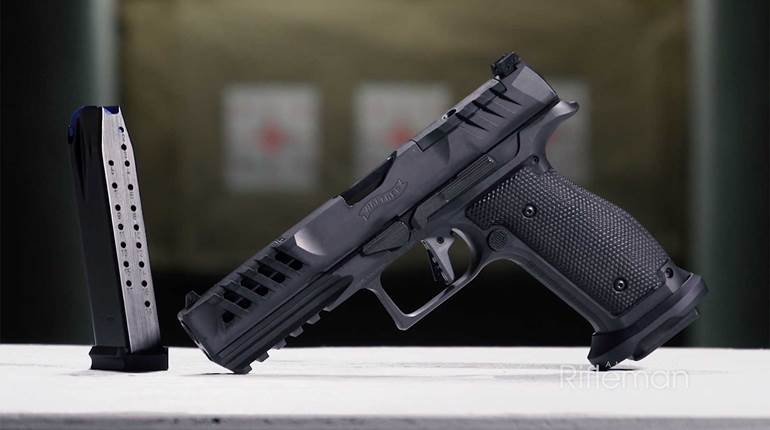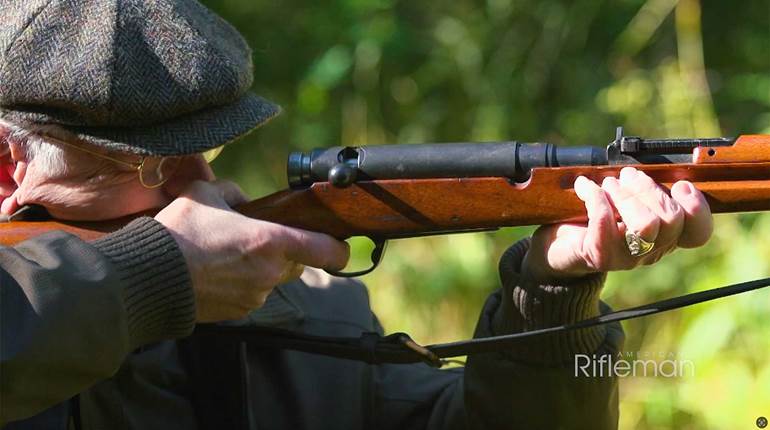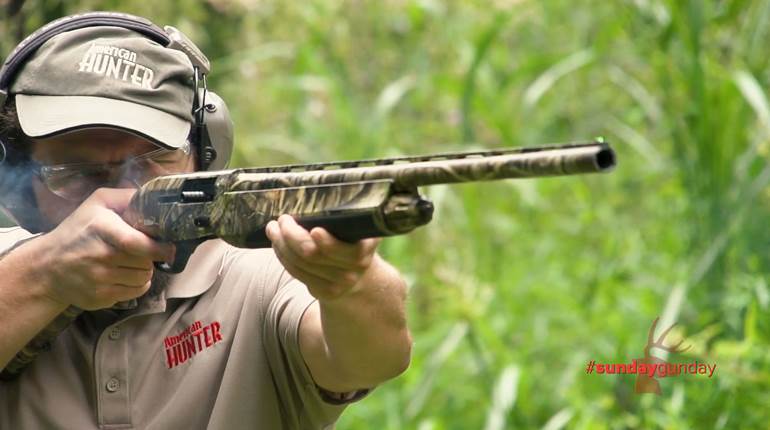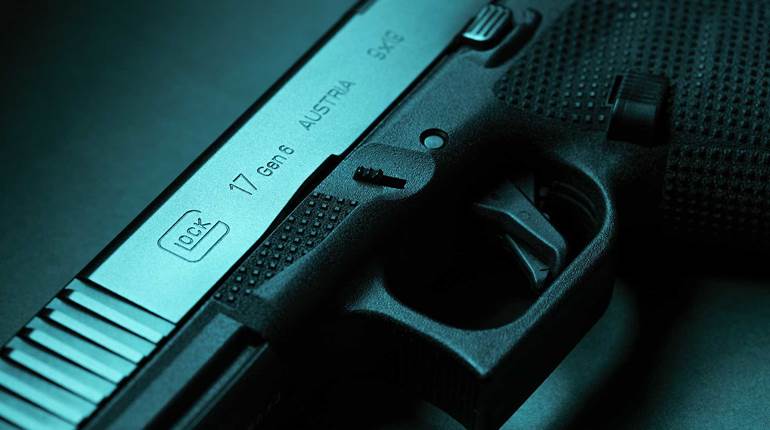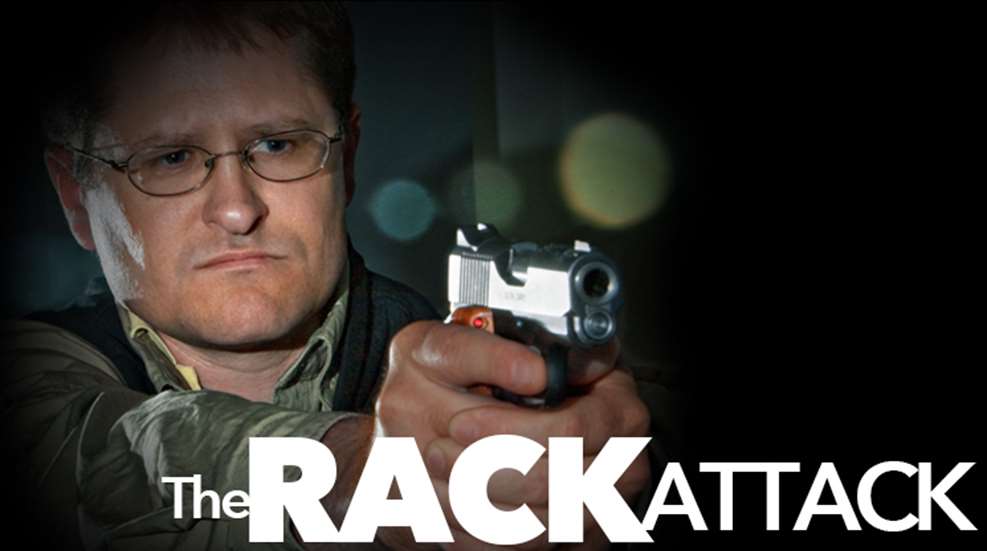
How fast can you draw and fire two shots? Can you do it before an attacker can get to you? You might be surprised.
According to FBI standards, 21 feet is the distance that an agent can engage an attacker with a knife. This is this the distance that a trained agent can defend his or her life. Now, what do you think are your chances? Try this drill to determine how fast you can draw and fire when an attacker is charging toward you.
The Speed Draw
This drill requires two people—a runner and a shooter—two objects that can be easily found on the ground and a silhouette target.
•The shooter stands facing the target about 7 yards (21 feet) away with the gun in the holster concealed by a cover garment.
•The runner stands facing in the opposite direction of the target to the side of the shooter and just far enough in front that the shooter can see him or her in the peripheral vision.
•The runner should be holding two objects that can be easily found on the ground, one in each hand.
•When both parties are ready, the runner takes off running in the opposite direction of the target.
•As soon as the shooter sees the runner take off, he or she draws and fires two rounds center mass of the target.
•At each shot, the runner drops one of the items.
•Once finished, make safe, holster and measure the distance.
•Then, swap roles and repeat.
I’ve conducted this drill many times as both the shooter and the runner as an example in my classes. Even against a skilled shooter, most runners can reach around 24 feet before the first shot and almost 30 feet by the second. Provides a good reason to practice your draw, doesn’t it?











